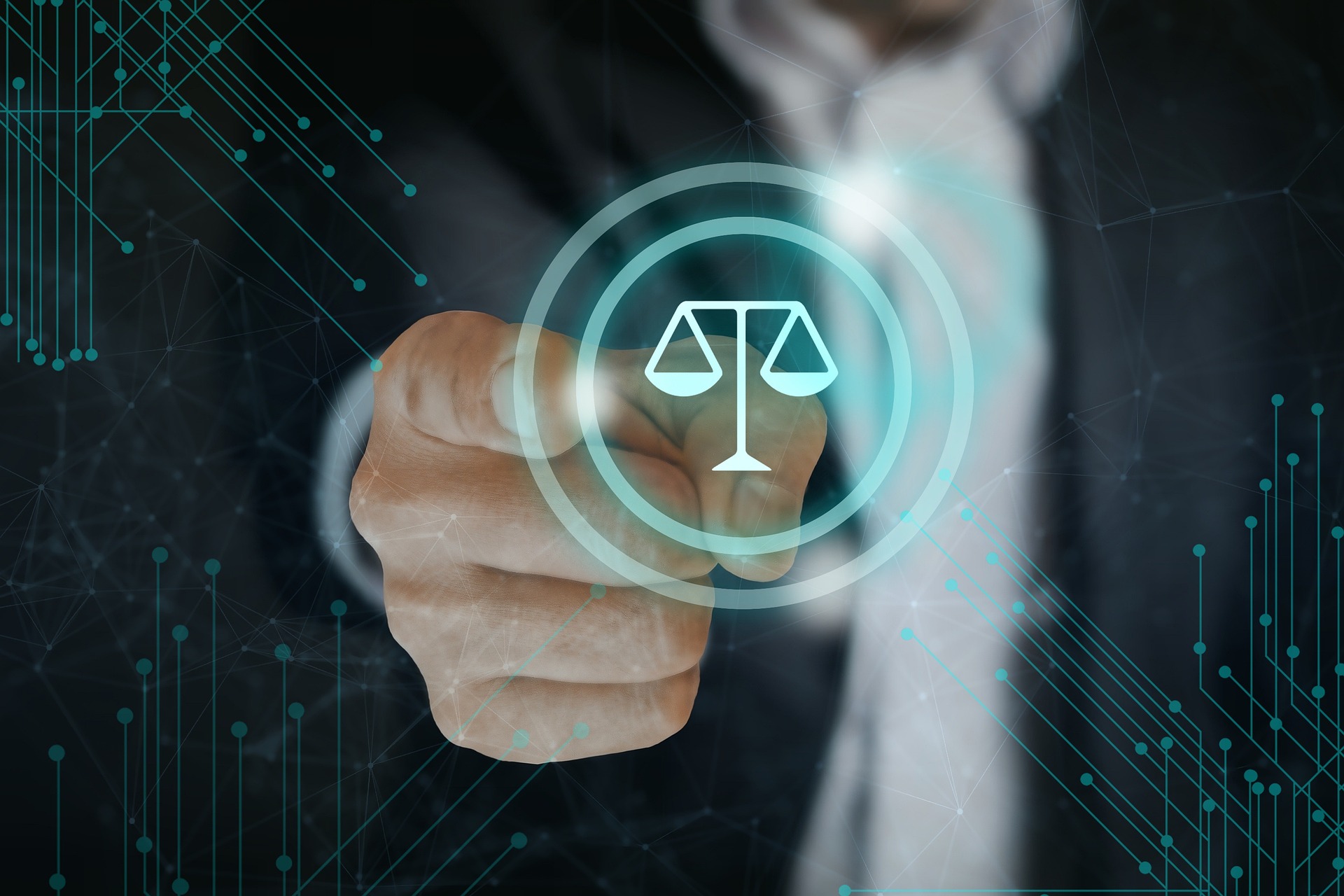AI-Powered Legal Decision Tools: Shaping Judicial Transparency
Artificial intelligence is rapidly transforming many facets of modern society, but its influence on the legal system marks a particularly striking development. In recent years, AI-powered decision tools have begun to assist judges and courts in making determinations on bail, sentencing, and risk assessments. This shift has prompted debates about transparency, accountability, and fairness in judicial processes. As these tools move from experimental pilot programs to routine use, understanding their historical context, legal foundations, recent changes, and broader implications is crucial for all engaged citizens.

AI-driven legal tools are changing how courts operate, promising greater efficiency and consistency in judicial decisions. But do these technological advancements also threaten longstanding legal values? This article examines the evolution, current state, and future direction of AI in the courtroom, spotlighting the balance between innovation and justice.
From Paper Files to Algorithms: Historical Context
Judicial decision-making has traditionally relied on human judgment, informed by statutes, case law, and the unique facts of each case. For decades, courts have sought to improve objectivity and efficiency through standardized guidelines, such as the U.S. Sentencing Guidelines established in the 1980s. Yet, even with such frameworks, disparities and inconsistencies persisted.
The early 21st century witnessed the introduction of risk assessment tools—initially statistical models to help predict a defendant’s likelihood of reoffending or failing to appear in court. These tools, such as the Public Safety Assessment (PSA) and COMPAS, were designed to reduce subjectivity and bias. Over time, machine learning and AI technologies evolved these models, enabling them to analyze vast datasets and uncover patterns invisible to human reviewers. The promise: tailored recommendations grounded in empirical data, rather than intuition or prejudice.
Recent Legal Developments and Policy Shifts
In the last five years, jurisdictions in the United States and abroad have expanded their use of AI-powered tools in judicial settings. Notably, some states have mandated or encouraged the use of such systems for pretrial decisions, parole hearings, and even sentencing recommendations. The 2022 American Bar Association resolution called for careful evaluation and regulation of algorithmic risk assessment tools, reflecting growing awareness of both opportunities and risks.
Internationally, the Council of Europe published guidelines in 2021 on the responsible use of AI in the judiciary, emphasizing the need for transparency and human oversight. Meanwhile, scholars and legal advocates have challenged certain algorithmic tools in court, arguing that their proprietary nature and lack of transparency may violate due process rights. These legal battles underscore the need for clear standards and regulatory frameworks that ensure accountability without stifling innovation.
Ensuring Transparency and Fairness in Judicial AI
A central concern surrounding AI in the courtroom is transparency. Many current tools are developed by private companies, with algorithms that are not publicly disclosed. Critics argue that this lack of openness can undermine defendants’ rights, as they may be unable to challenge or understand the basis for decisions affecting their liberty.
To address these concerns, some legislatures and courts have begun to require explainability—the ability for an AI system to provide clear, understandable reasons for its recommendations. The Illinois Supreme Court, for example, has issued guidance requiring judges to ensure that risk assessment tools used in bail hearings are transparent and subject to judicial review. Similarly, newly proposed federal legislation seeks to mandate audits and public disclosures for any algorithmic tool used in criminal justice.
Societal Implications: Efficiency vs. Justice
The integration of AI into judicial decision-making offers potential benefits: faster case processing, reduced backlogs, and more consistent outcomes. However, critics warn of unintended consequences, including the risk of perpetuating existing biases embedded in historical data. If unchecked, AI tools may reinforce disparities along racial, socioeconomic, or geographic lines.
Recent research has shown mixed results regarding the effectiveness of AI-powered risk assessments. While some studies indicate modest improvements in fairness and accuracy, others reveal persistent gaps or even new forms of bias. This has fueled ongoing debates among lawmakers, judges, and advocacy groups about the appropriate role of technology in the justice system. The key challenge remains ensuring that efficiency does not come at the expense of fundamental rights and individualized justice.
Looking Ahead: Regulating Judicial AI Tools
As AI tools become more prevalent in courtrooms, the need for robust legal and ethical standards grows increasingly urgent. Policymakers are considering frameworks that balance innovation with safeguards for transparency, accountability, and public trust. Proposals include independent audits, regular impact assessments, and mechanisms for individuals to challenge algorithmic decisions.
Importantly, many experts advocate for a hybrid approach: using AI as a supplement rather than a substitute for human judgment. This model preserves the benefits of data-driven recommendations while maintaining judicial discretion and oversight. Future legislative and judicial developments will likely focus on fine-tuning this balance, aiming to harness technology’s potential without undermining the principles at the heart of the legal system.
Conclusion
AI-powered legal decision tools represent a frontier in judicial innovation, offering both promise and peril. As the technology matures and its adoption widens, ongoing dialogue among lawmakers, judges, technologists, and the public will be essential to ensure that the pursuit of efficiency does not eclipse justice, transparency, and the rule of law. The future of AI in the courtroom will depend not just on technical advancements, but on thoughtful governance and an unwavering commitment to fairness.




